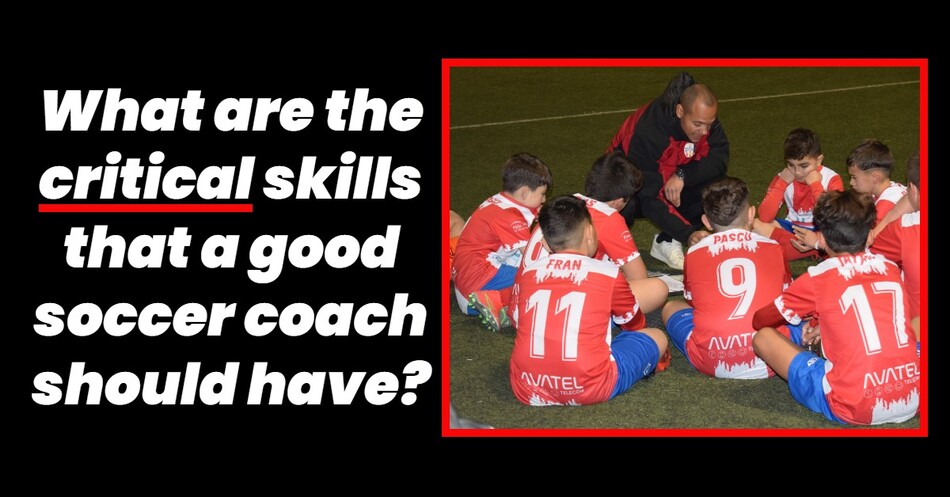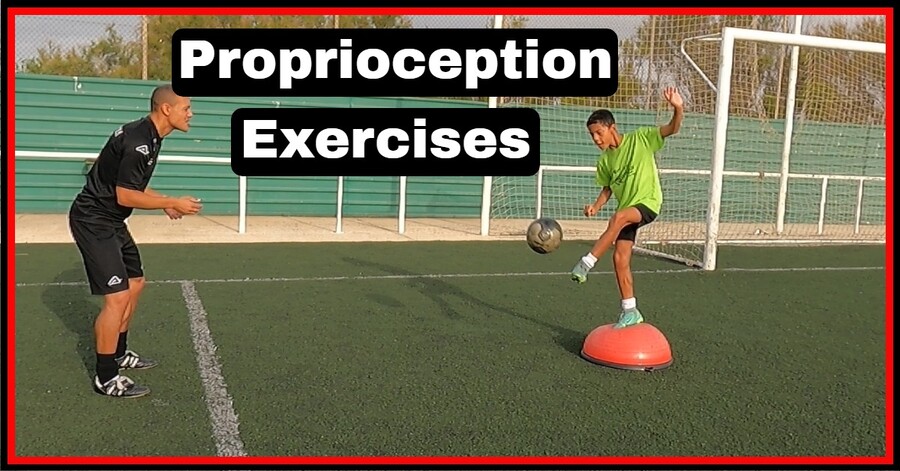Football rondos have become an increasingly popular soccer drill for football coaches to use in their training sessions.
I use rondos in the majority of my training sessions in a country that has become synonymous with rondos, Spain.
But what are they?
Football rondos are training exercises that involve several players, on the edge of a circle or square, passing the ball to each other and trying to keep the football away from the rival player(s), in the middle, with the outside players always having a numerical advantage.
In this blog post, I will explain everything you need to know about football rondos!
Including where the practice originated, when to use a rondo drill, examples of rondos, and more …
Why do they call it a rondo?
Rondo is a Spanish word that comes from the Latin rotundus meaning “round”.
In English, we would say “circle” or “rotation”.
The name suits the activity perfectly because it describes both the shape in which rondo football is played as well as the movement of the ball and players.

How do you play rondos?
A rondo can be played with as few as 3 players to as many as you want, and is commonly played in groups of 4v2s or 6v3s for example.
The aim of the game is for the players on the outside to keep possession of the ball away from the defenders (players in the middle).
The goal for the defensive players is to apply pressure to win possession of the ball.
If the defenders win possession, the player that gave the ball away swaps with a defender.
The number of touches that the players are allowed will depend mostly on the following:
- The number of players
- Players’ ability level
- Size of the rondo
All of these will be at the coach’s discretion.
Types of rondos
There are two main types of rondos: closed and open.
Closed Rondos
These are played in a smaller space with each player having their own designated area in which they must stay.
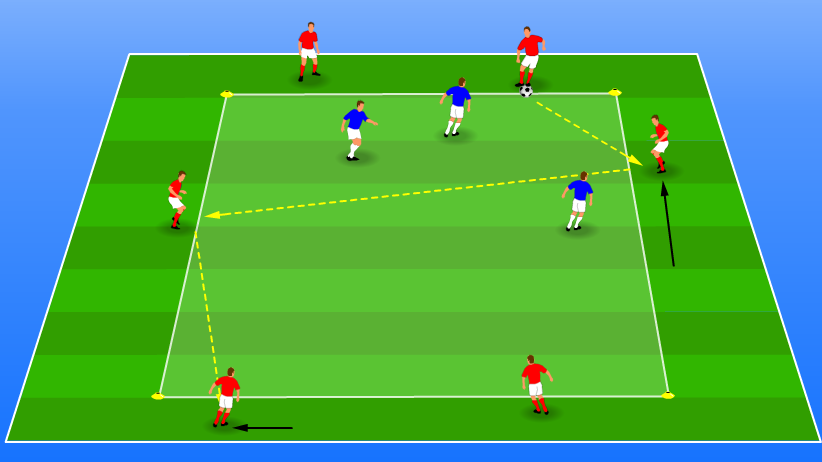
Open Rondos
Open rondos are played in a bigger area with players having the option to move anywhere within that space.
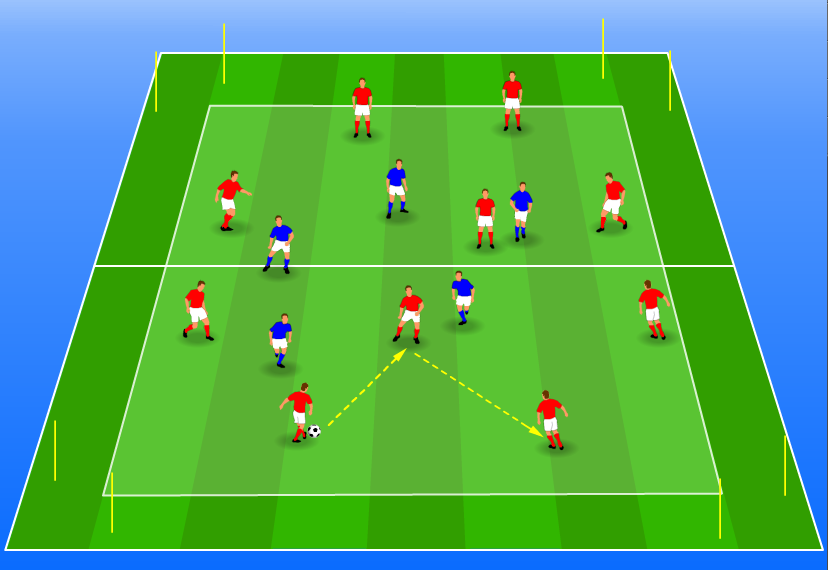
Rondos can be adapted to suit the needs of any team or player, making them extremely versatile.
This means there are many rondo variations that a football or soccer coach can use to make the activity more game-specific to focus on a particular objective.
If you would like to see more rondo variations then click here.
WHAT ARE THE BENEFITS OF A FOOTBALL RONDO?
When used correctly, rondos help to develop a player’s
- Ball control
- Decision-making
- Vision
- Spatial awareness
- Physical fitness levels
The importance to possess good technical skills are highlighted when playing rondo soccer in the following situations:
- Playing in tight spaces
- Restricted to one or touch
Also, a coach can use various rondo ideas to communicate tactical messages to the players to create the team’s playing style, such as switching play or attack to defending transition.
The great Johan Cruyff, who was the catalyst for implementing rondos at FC Barcelona, once stated…
“Everything that goes on in a match, except shooting, you can do in a rondo”.
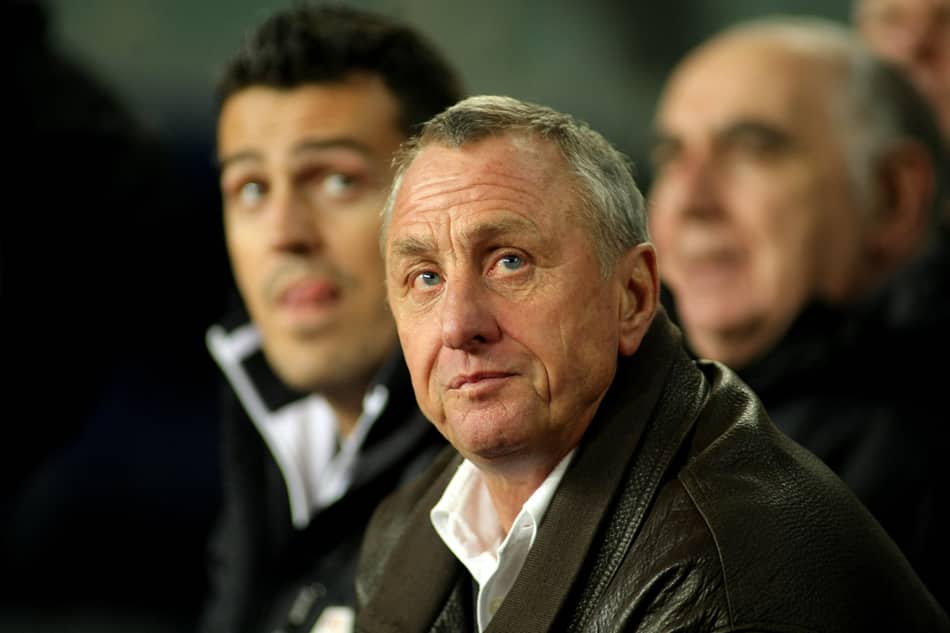
WHAT ARE THE NEGATIVES OF A FOOTBALL RONDO?
Some potential negatives of rondos may include:
- They can be repetitive
- Players can become disinterested
- Players can develop bad habits
Rondos should only be used as part of a well-rounded training program that includes other activities to avoid these negatives.
WHAT ARE SOME OF THE KEY THINGS TO LOOK OUT FOR WHEN COACHING A FOOTBALL RONDO SESSION?
There are a few key things to look out for when coaching rondos:
- Player’s body position
- Player’s body language
- Intensity levels
- Correct number of touches
- Quality of passes
- Communication
- Synchronised pressing
Player’s Body Position
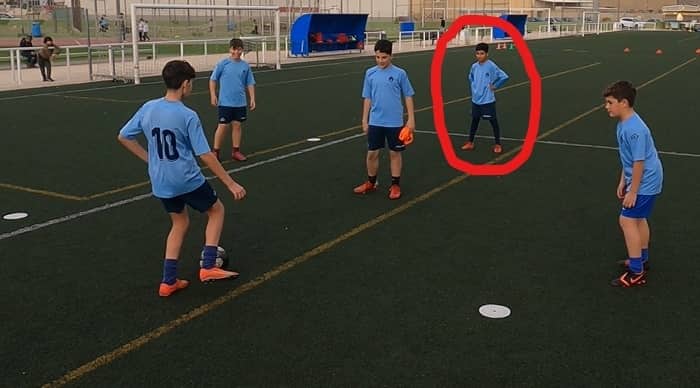
I have seen a lot of players, especially young players, who do not anticipate receiving the ball and so they are static on their heels.
This puts them at a disadvantage when the ball arrives at their feet because they do not have time to adjust their feet and put their body, upon controlling the ball, in a position that will give them more than one passing option.
Players should be on their toes, always prepared to receive the ball so that they can keep the ball moving quickly.
Intensity Levels
Depending on when the rondo is used (which we will look at later) and the aim of the rondo will determine the intensity levels.
In general, we would demand players to play at a high intensity to increase quality and focus levels.
Correct Number of Touches
Primarily we should look to play one or two touches to create the environment where the ball is being pinged around at high speed whilst still under control.
If limited touches are not applied, then this could slow the exercise down and may decrease the level of engagement.
Having said that, I have sometimes set the limit of touches to 3 for younger, less technically skilled players to try and give them some confidence before limiting the touches to two.
Quality of Passes
When coaching a rondo soccer drill, it is important to encourage players to:
- Keep the ball on the floor
- Use the correct weight of pass
- Look for good passing lanes
Communication
In a rondo, it is important that players communicate with each other, just as they should n a game.
This means calling for the ball, making themselves available, and being vocal.
When coaching a rondo session, I would always encourage my players to be as vocal as possible to help the player on the ball, but also to confuse the middle player(s).
A lot of times in games, I see players not communicating with their teammates and this can lead to misunderstandings and frustration.
Synchronised Pressing
The soccer drill is not all about possession, but also to defend in small groups or to regain possession as quickly as possible in transition.
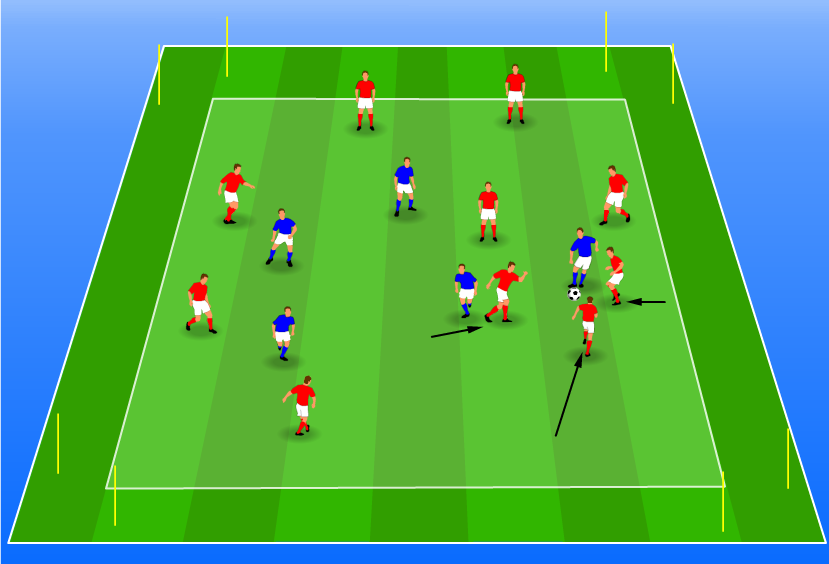
WHEN TO USE RONDOS
Rondos can be used during a warm-up, within the main training practice, or as part of a recovery session.
Warm-Up Rondo
Rondos can be included in a warm-up to physically prepare the players for the main training drills or game ahead.
However, I like to use warm-up rondos as a more cognitive drill to prepare each players’ quick thinking and vision as they will need to be switched on from the start of the training session or match.
Main Training Rondo
Rondos can also be implemented within the main training part of a session.
This is more likely to happen with younger age groups who will find it more enjoyable and less repetitive than older players.
I have used rondos as part of the main session but the rondos used have been mainly open rondos
This way, players are moving around more and greater tactical objectives can be worked on.
Recovery Session Rondo
Many teams train 24-48 hours after a game and this is usually a light training session to help the players recover.
A small rondo soccer drill is a common activity used, with less emphasis on the competitive aspect and more on the social side of the exercise.
Typically tight spaces would be used with four players against two defenders (4v2).
This exercise, on a recovery day, allows the players to experiment a little more and try to show off their fancy technical tricks with the ball.
HOW TO PROGRESS A RONDO?
There are many ways that you can progress a rondo. Here are some examples:
- Reduce the number of touches
- Increase the playing area of the rondo
- Decrease the space in which the rondo is played
- Change the type of pass that must be made
- Add a neutral player
- Introduce transitions
One of my favourite rules to introduce is one touch-two touch. This means that the first player starts with one touch then the second player has to use two touches, then one, then two, etc …
This places the players to really focus on each and every pass made as quick decisions are needed to recognise how many touches are required.
So there you have it!
Everything you need to know about football rondos.
I hope this blog post has helped to clear up any questions that you may have had about them.
Thanks for reading!

